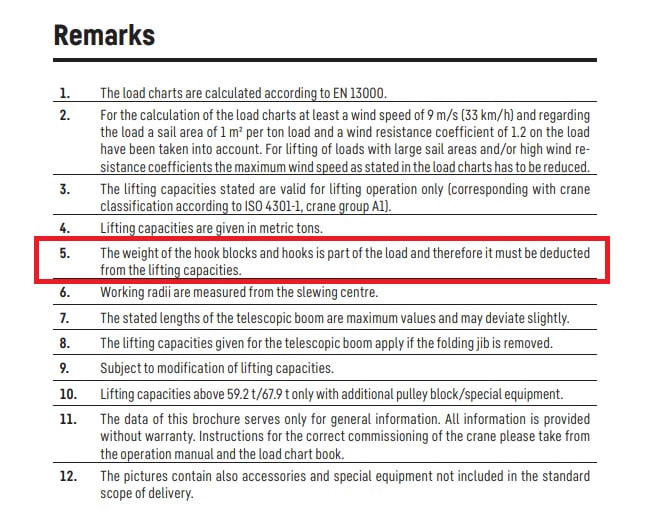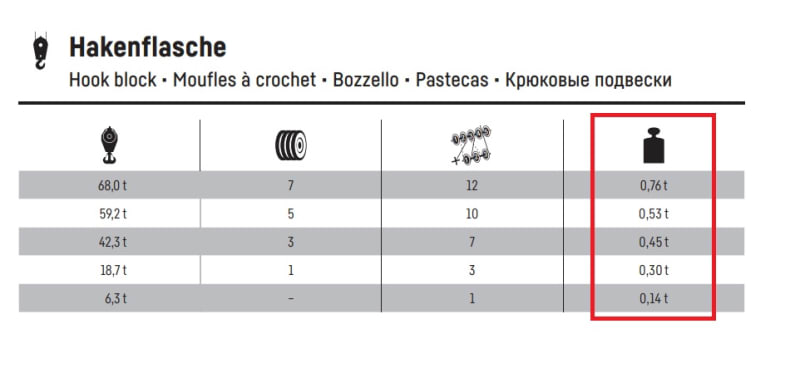DanielHF:
You said..., “I don't know if I was clear in my question,” and then, did not do any clarifying; nor were you at all clear about the details/facts of the matter and situation around the argument/discussion in your office, or about what brought the topic to a head, or the various definitions of ‘suspended load’ which seem to be at issue here, or what conditions cause the need for a specific code or standard paragraph to resolve this conundrum. The hook block (load block) is designed as, designed with, and considered part of the crane. It is not disconnected from (removed from) the crane or crane boom after every lift, it is part of that particular crane arrangement. Sometimes when you re-reeve a boom and/or install a different load block, you may have to rework the crane’s lifting charts because of the weight of the wire rope and load block beyond the tip of the boom, and to that extent the load block might be considered a suspended load, for that particular calculation relating to the crane capacity and stability. Otherwise, I would say suspended loads are everything below the hook. OSHA 1926 may be the work safety law, but that doesn’t mean they aren’t full of canary water on lots of things. Nobody out in the field knows the weight of the load block or the amount of wire rope that’s involved. They are expected to know the weights of their various rigging equipment though, so most of JStephen’s OSHA quote is still o.k. in this case. Maybe you would do well to talk with your local OSHA office if this is the crux of the discussion. You might also talk with a couple crane rental outfits or manuf’ers. to get their take of the question.


